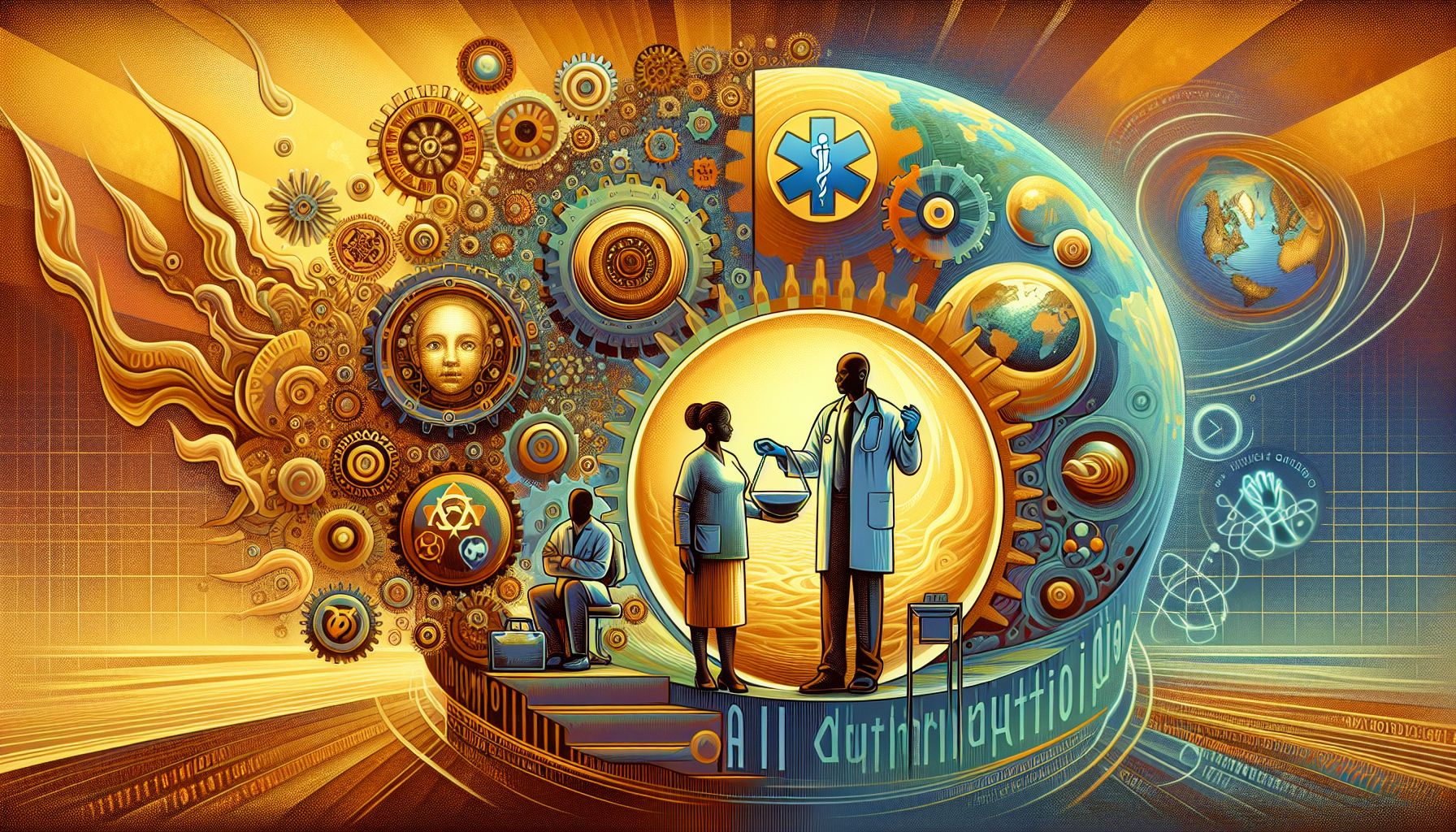AI Revolutionizes Humanitarian Aid: UNICEF and MSF Lead the Way

Global, Thursday, 5 September 2024.
UNICEF and Médecins Sans Frontières are harnessing AI to enhance their humanitarian efforts. From improving cervical cancer diagnoses to predicting natural disasters, AI is proving to be a game-changer in saving lives and protecting vulnerable populations worldwide.
AI in Landmine Detection
The International Committee of the Red Cross (ICRC) has been utilizing AI since 2019 to detect anti-personnel landmines more efficiently. Traditionally, human experts analyzed infrared images from mine-detecting drones, a process that was time-consuming and prone to errors. AI now assists by flagging suspicious images, significantly speeding up the detection process. Erik Tollefsen, Director of the Red Cross Weapons Contamination Unit, notes that AI’s capability is akin to having thousands of assistants aiding a single analyst[1].
Improving Cervical Cancer Diagnoses in Malawi
The Médecins Sans Frontières (MSF) foundation launched the AI4CC project in 2023 to improve cervical cancer diagnoses in remote areas like Malawi. In these regions, resource limitations often lead to misdiagnoses, with up to 30% of women testing negative despite having cancerous lesions. AI enhances diagnostic accuracy to over 90% by analyzing images recorded and classified by computers. This innovation is embedded in cervical analysis instruments called colposcopes, making it accessible even in resource-constrained settings[1].
Predicting Natural Disasters
AI’s potential extends beyond medical diagnoses. Google’s Flood Hub, for instance, uses AI to predict natural disasters more accurately, thereby safeguarding communities and enabling better preparedness. Similarly, UNICEF, in collaboration with the European Space Agency (ESA), has developed AI models to predict and combat diseases like Dengue fever in subtropical regions. These models help in early detection and timely intervention, potentially saving countless lives[1].
Broader Applications in Humanitarian Efforts
AI is also playing a crucial role in emergency response. NetHope, an organization focused on leveraging technology for humanitarian aid, uses AI to analyze satellite imagery for disaster assessment, monitor social media for real-time community information, and forecast conflicts or extreme weather conditions. Despite its transformative potential, experts like Daniela Weber, Director of NetHope’s Center for the Digital Nonprofit, caution that AI’s reliability hinges on data quality and contextual understanding. Therefore, responsible AI deployment involves rigorous testing and adherence to ethical guidelines[2].
Challenges and Ethical Considerations
While AI offers numerous benefits, it is not without challenges. Issues such as data bias, lack of contextual understanding, and ethical considerations must be addressed. Organizations like NetHope recommend a ‘sandbox approach’ for controlled testing, user-centric development, and parallel use with traditional methods to mitigate risks. Transparency and adherence to ethical guidelines are crucial to ensure AI adds value without compromising humanitarian principles[2].
Future Prospects
The integration of AI in humanitarian efforts is still evolving, but its potential is undeniable. As organizations like UNICEF, MSF, and NetHope continue to innovate, the scope for AI-driven solutions in humanitarian aid will likely expand. From medical diagnostics to disaster prediction, AI is set to revolutionize how humanitarian organizations operate, ultimately saving more lives and improving the quality of life for vulnerable populations worldwide[3].

